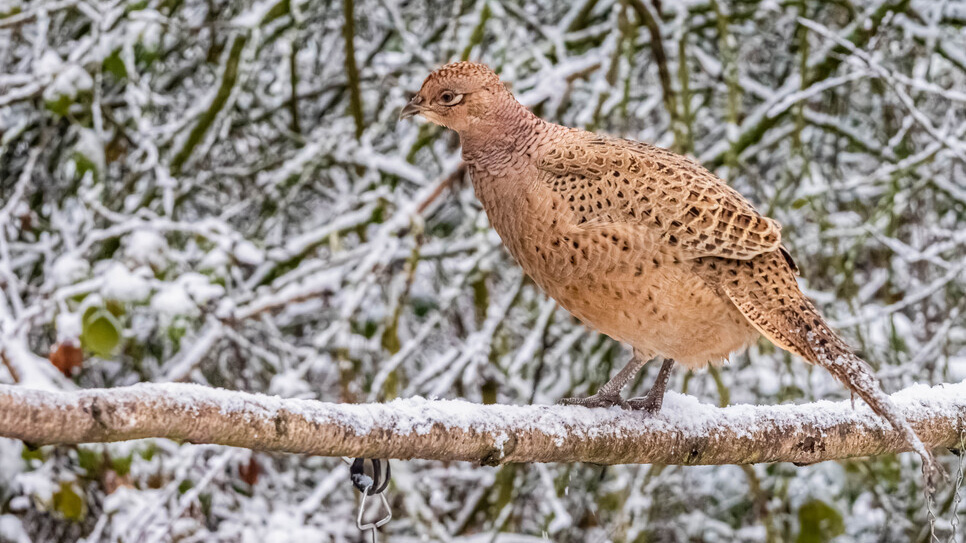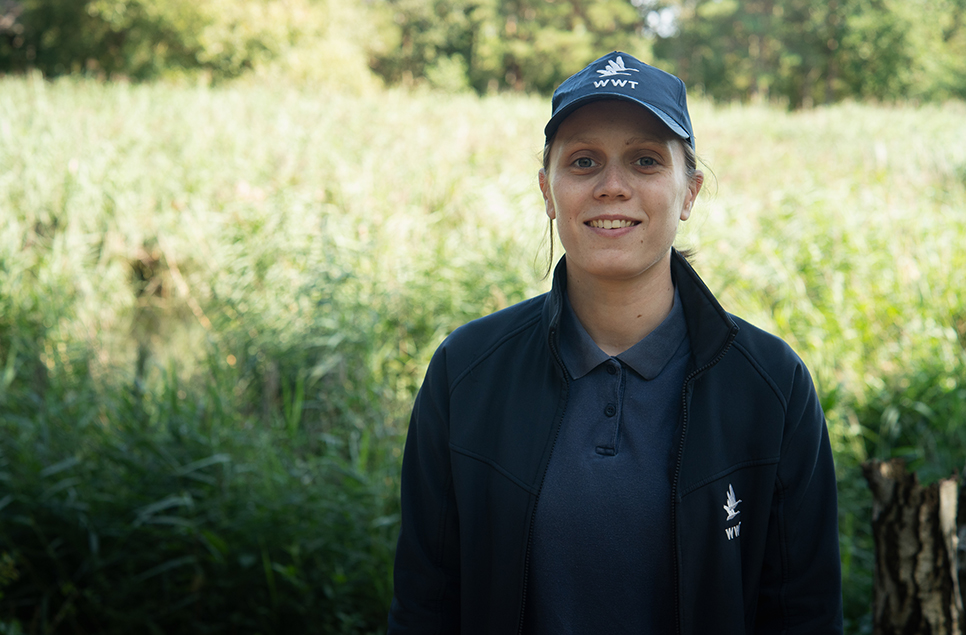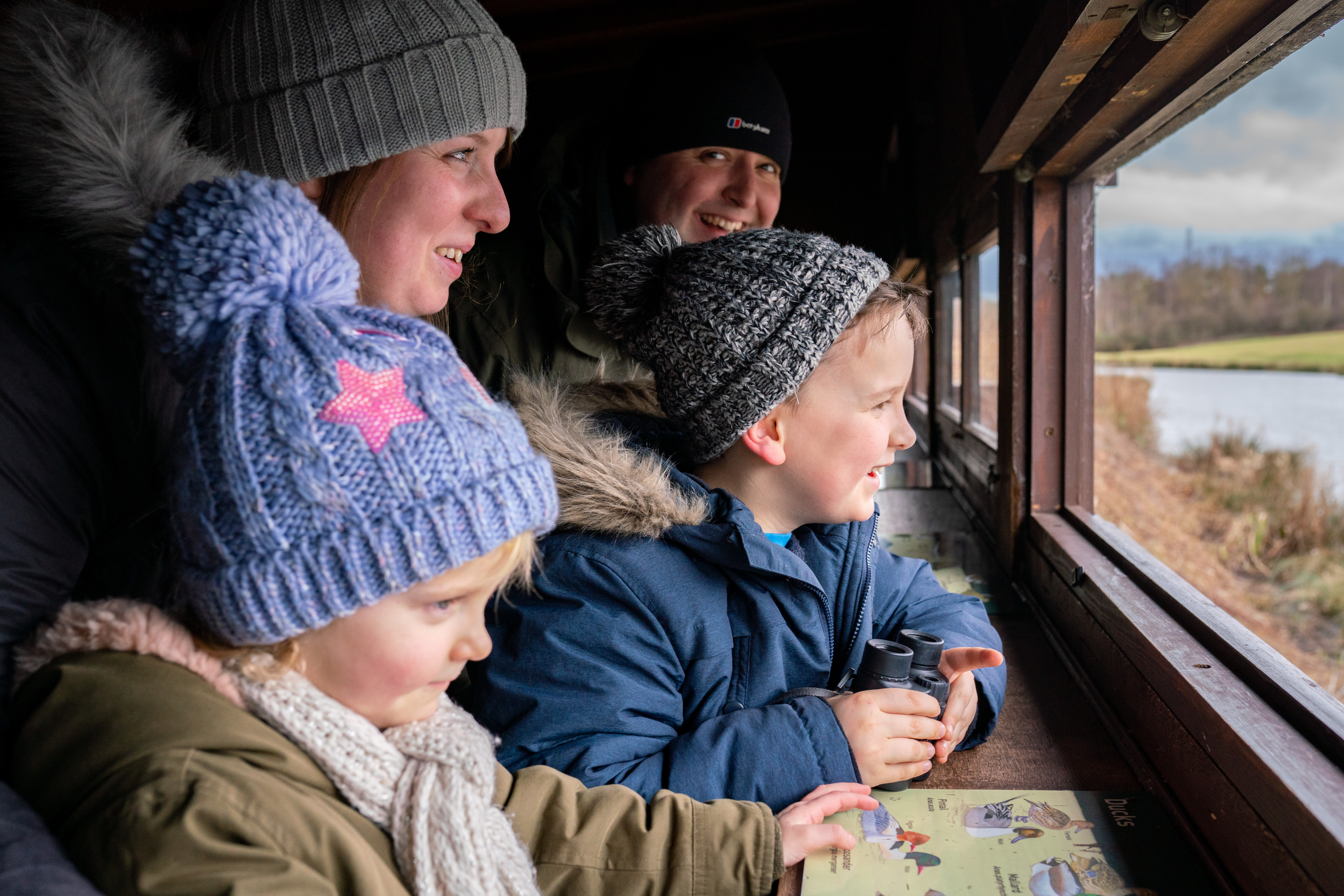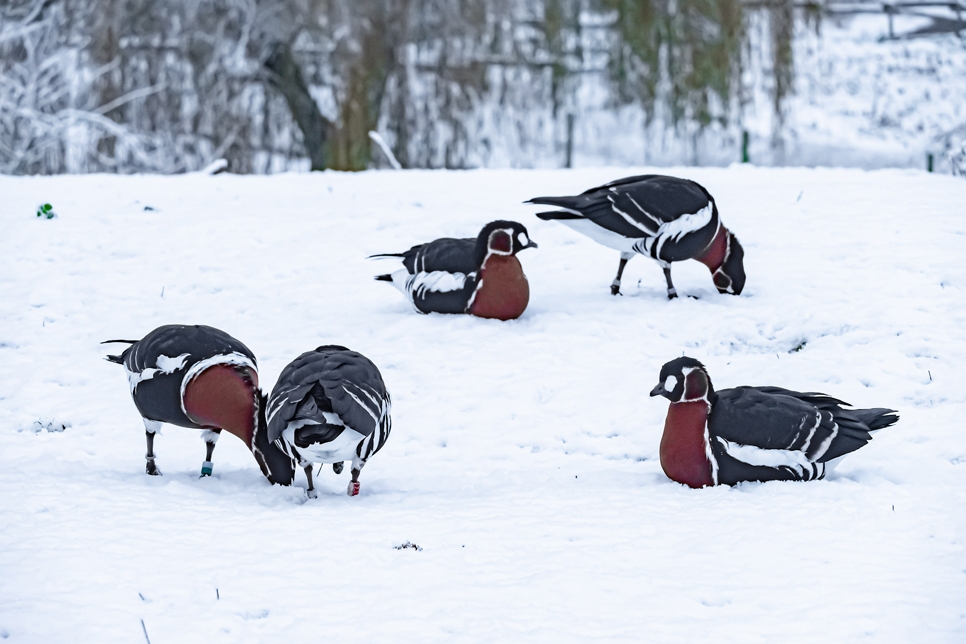Kingfishers in summer at WWT Washington
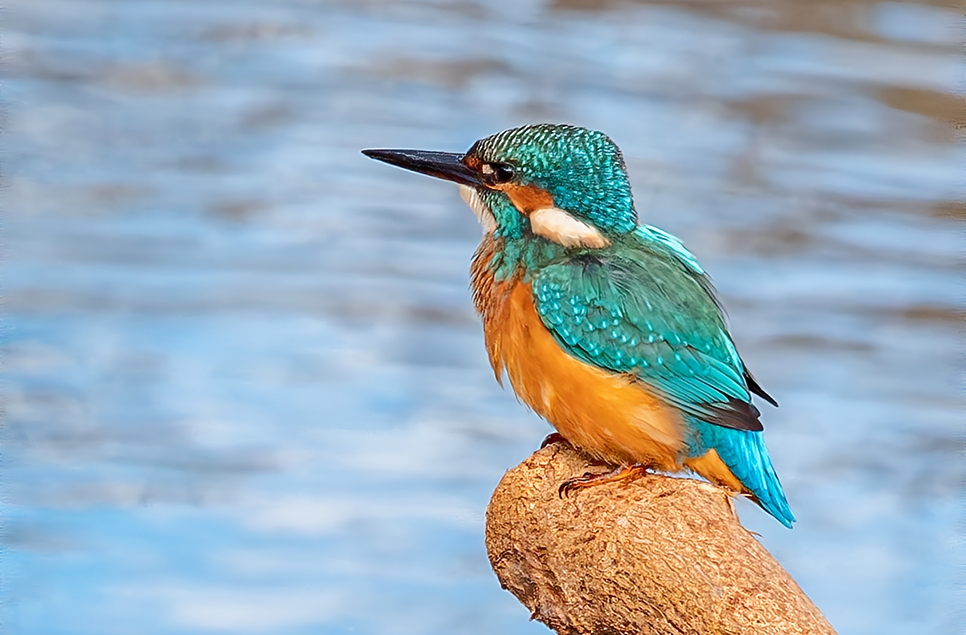
This summer is proving to be a great one for sightings of the elusive kingfisher. We've had lots of reports of sightings recently from our reserve team and many visitors. They've shared where the best spots are to try and catch sight of one on the WWT Washington reserve!
First things first, you need patience. A lot of it! Sometimes spotting a kingfisher is down to luck, but most often, successful sightings involve a great deal of waiting and hoping.
Where can I spot a kingfisher at WWT Washington?
Knowing the key spots on our site that kingfishers like to spend their time will help you plan a kingfisher-spotting visit to us. Reserve warden Kate has given us some location top tips for your best chances of spotting a kingfisher this summer:
- Try heading to our duckery and looking over the reeds at the back of the building. A kingfisher has been spotted several times flying around the roundtable ponds which are just behind the reeds.
- Wader Lake is often used as a kingfisher corridor. One has been seen flying over the lake on several occasions. Look out especially at the east side near the artificial sand martin bank leading over the treeline towards the amphibian ponds.
- Let's not forget Northumbrian Water hide on the west side of Wader Lake too. This is often a good spot to catch a kingfisher fishing, with various perching points added to encourage them to stick around and enhance the experience for visitors.
- One has been spotted perching on the look out window of Window on the Wear 2. The River Wear is also a great place to spend some time looking for kingfisher and they often perform 'fly-bys' as they move around the area.
- Keep an eye out from the Lagoon View Hide over the lagoon itself, where they are known to perch on posts before diving to catch fish. They'll return to the same spot continuously if successful and these perching points give them great views of the water and their potential prey underneath the surface.
- The gully (the water way that runs right through the middle of our site) is often used by kingfishers to move around our site. Be sure to cast your eye over the fence beside our river viewpoint foxproof gate in case there is one taking a break!
- While not as common, the Stream Channel just in front of our centre building does get sightings, with the occasional kingfisher zipping across the stream heading to our reserve or down to the gully. Listen out for their call as they fly low over the stream, often landing in the large willow tree towards the side.
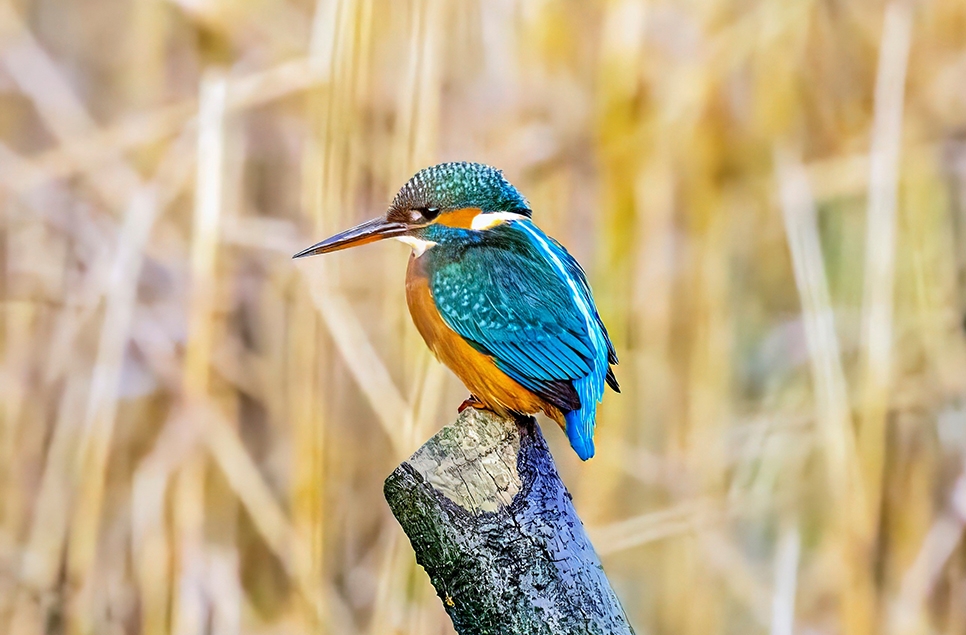
What am I looking or listening for when trying to find a kingfisher?
Being in the right place at the right time is often the key to having any luck spotting a kingfisher. But these tips can give you an idea of what to look and listen for, sometimes you just have to make your own luck!
- More often than not, kingfishers are heard before being seen. Listen for their high-pitched squeaky call as they fly by! Familiarise yourself with their call and have the Merlin app to hand around key locations as it might pick up a kingfisher's call before you hear or see it!
- The vibrant blue of a kingfisher's back and wings is often the only thing people spot when they zoom past. Keep an eye on them for as long as possible as it might help steer you to where it is heading and, if you're lucky, it might even stop to perch allowing you to get better views with your binoculars or sneak a quick photograph.
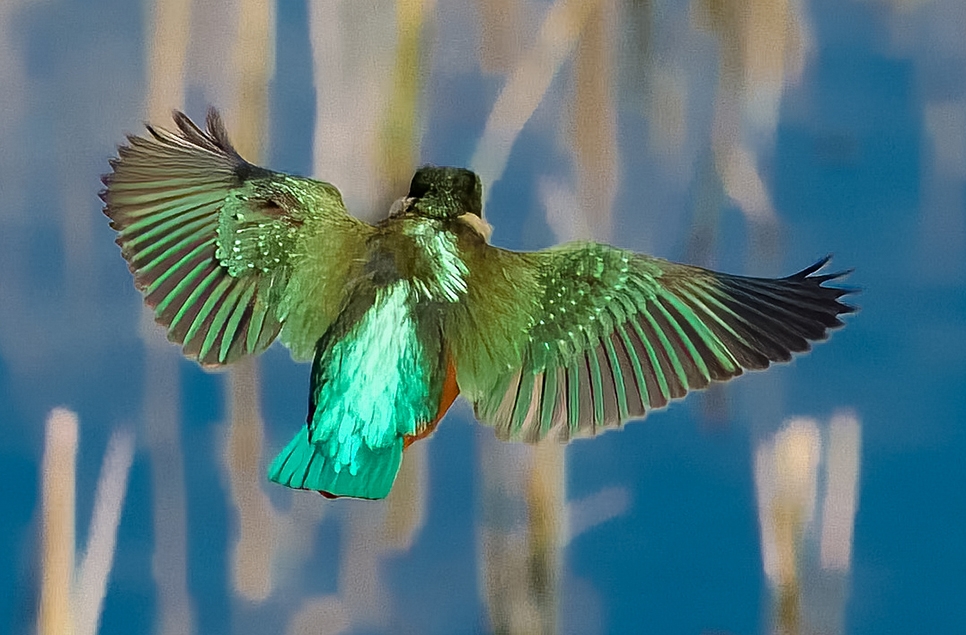
We would always encourage you to chat to other visitors too. The chances are our regular members will have seen one or be looking to spot one themselves. Sharing knowledge is so important and something that can offer great insight, as well as forming nice bonds with like-minded people!
Our latest sightings page has the most up-to-date sightings around our reserve or feel free to ask on arrival if any kingfisher have been seen that day. Keep a check on our social media too, as visitors regularly tag us in kingfisher-related posts!
We love seeing any photos you may take as well, so if you're lucky enough to get a kingfisher on camera, please do share them with us on Facebook or Instagram @WWTWashington.
Ready to visit?
If you've been inspired to explore Washington Wetland Centre and try your hand at kingfisher spotting, find out more and plan your visit online.
Plan your visit